Proposals

After grasping your current situation and listening directly to your problems and concerns, we will propose the optimal solution, making use of Poval’s three core technologies.
Selection of Materials
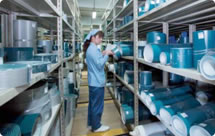
The performance, applications, use environments, and other factors for products vary widely. Customers’ challenges are also diverse. We select materials with features that meet these needs.
Measuring and Cutting
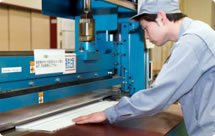
We carefully cut the chosen materials using machines and cutting tools made in-house for the characteristics of each material. We also take care to not waste material in an effort to reduce waste.
Bonding and Processing
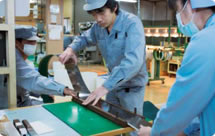
Regardless of the material properties, size, and shape, we add a range of features to products by performing advanced bonding and processing based on our proprietary expertise.
Quality Inspections
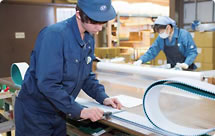
We carefully assess product quality under the strict eye of professionals in Poval’s production control department before sending them to you.
Follow-Up Service

We continue to provide you with information and knowledge after product delivery. We build relationships of trust by helping you to deepen your understanding of Poval’s products and services.
Overview of Typical Secondary Processing Processes
Crosspiece Attachment
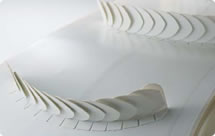
We use high frequency welding machines that can handle mass production and give a clean finish. For sections where it is not possible to use a welding machine, our skilled technicians attach crosspieces through hand welding.
Resin Processing
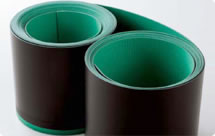
Leveraging our resin selection expertise and processing technology, we can change the properties of a material by impregnating it with resin, transforming it for a completely different intended use. In addition, through various types of surface coatings, we can give materials a variety of features such as static control, oil resistance, heat resistance, and water repellency.
Prevention of Meandering
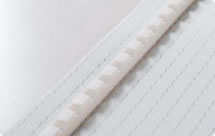
We use machine welding for mass production items, and in the case of special belts for which a machine is inappropriate, our professional technicians weld attachments by hand. We can place attachments on-center or off-center, along the edges (when there are two attachments), or add three, four, or more.
Bonding and Processing
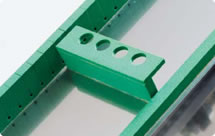
Drawing on bonding techniques cultivated over several decades, we can bond all kinds of materials, including textiles, resin films, synthetic leather, metals, mesh, nonwoven fabric, and rubber. We can also do additional processing to bonded materials.
Special Cutting
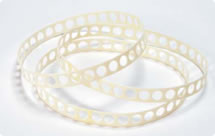
Using Poval’s technology, we can make unique holes and cut irregular shapes. Regardless of the quantity, we can cut any kind of shape, and can handle mass production or short production runs.
Groove Processing
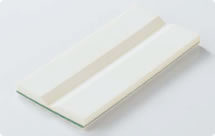
We add grooves to belts, urethane foam, and abrasives, and so on. In addition to straight lines, we can handle curves, circle grooves, continuous grooves, and more. Not only can we cut detailed grooves, but we can also shave off certain spaces, leaving the bottom part. We can also use stamping to add grooves and bumpy textures (boarding).
Printing
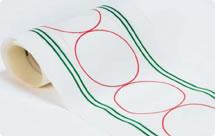
We can print onto various materials, adding anything from designs to marks for sensors. Gluing transparent urethane sheets onto printed materials makes it possible for them to be utilized even in settings that require attention to hygiene. These products are widely used, such as in the bread-making industry as marking belts.
Prevention of Edge Fraying
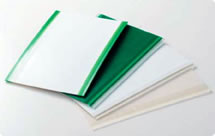
Welding urethane processed into a special shape onto the edges of a belt reduces belt deterioration from fiber fraying, boosting durability. If the number of times belts need to be replaced comes down, costs can be reduced. In addition, safety is increased, as contamination of products with frayed fibers can be prevented.
